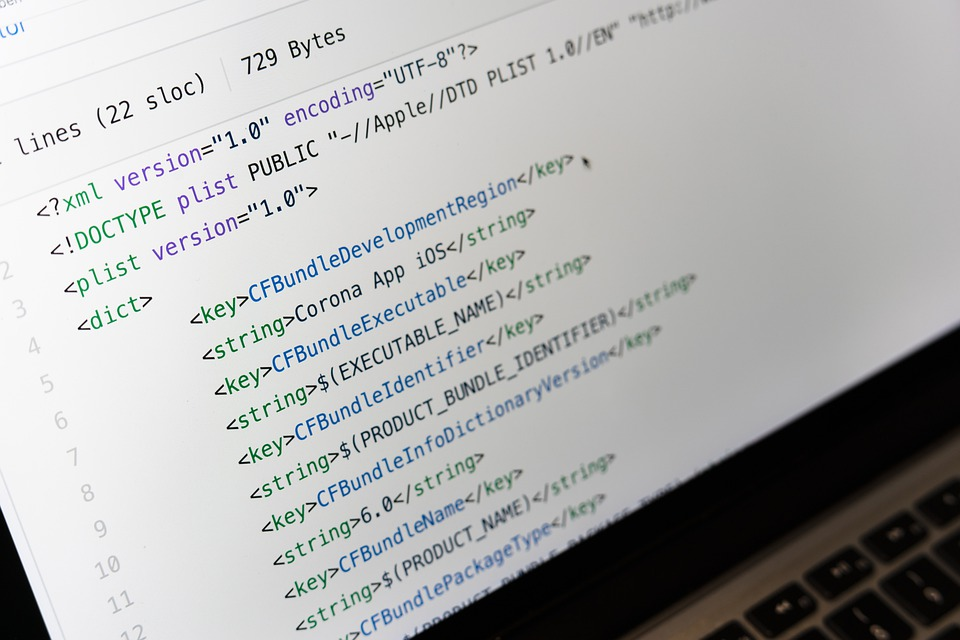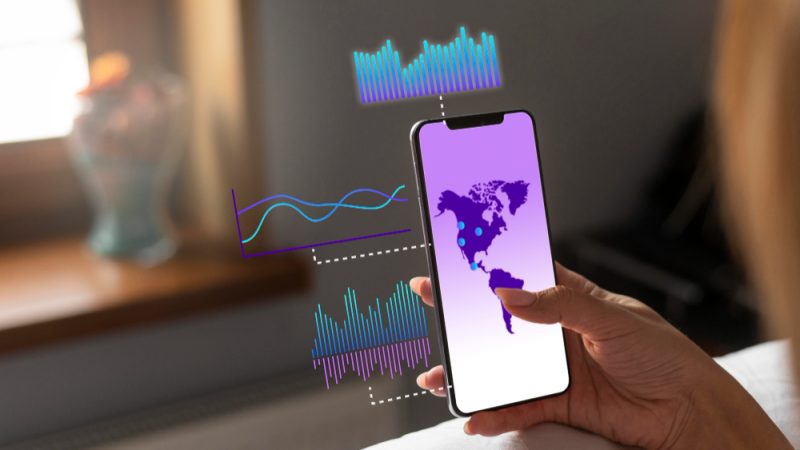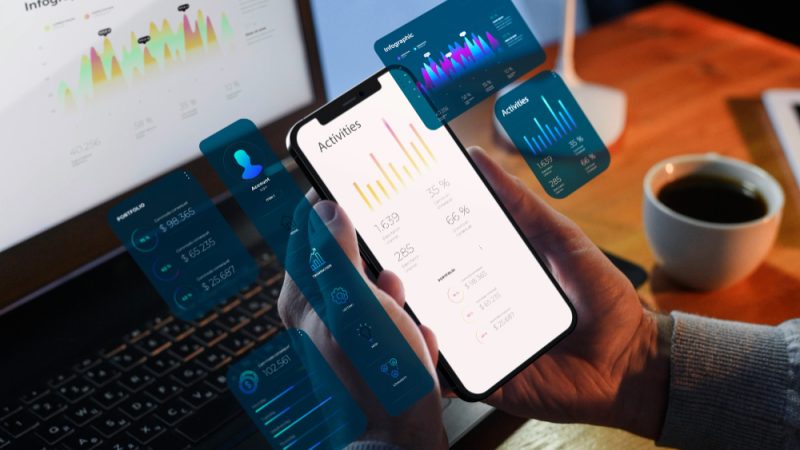Ways In Which A Business Can Cut Down On Its App Development Costs

Digital penetration is expanding all across the world. Even people in remote areas have access to smartphones and at least a 3G network connection. In developed countries and others with a steady economy, 4G coverage is excellent. People can now search information online, place orders, and organize appointments digitally using their hand-held devices.
There is a need for businesses to roll out mobile app versions for their brands or products. It will make customer engagement and support faster. However, the cost of developing a mobile app can be high. Everyone wants to spend the least to maximize their returns.
Therefore, it is justified to find the most affordable mobile app development solutions to match your needs. This blog covers some of the ways you can save money on developing apps for your business. Let us get going.
1. Work Only with a Reputable Company

One mistake most business owners make is trying to find the cheapest developer when creating their mobile app. It can be frustrating when you realize that the developer you hired cannot deliver on time or even at all.
Also, a cheap developer may do the job carelessly because they are after the money. You could end up with a mess with bugs and compatibility issues. You could end up paying more to clean up the app or rebuild it.
You can avoid this by working only with a company with an excellent track record of satisfied customers and high-quality work. You do not want your app to delay because of being stuck in limbo between two rivaling parties who are arguing over whose fault it is.
2. Build Cross-Platform Apps Using Hybrid Technology

Hybrid apps are mobile web applications that function like native ones on various platforms. A developer can utilize HTML, CSS, and JavaScript to build a cross-platform app for iOS or Android. They will create an app with one codebase instead of two or more variants per platform. It saves time as well as money.
With hybrid apps, you can avoid the need to hire two separate developers for iOS and Android versions of your app. It also makes updates easier since there is only one codebase that needs updating or troubleshooting. The developer will not waste time building each version from scratch. Instead, they make changes on one platform then publish them across all others promptly.
Faster JavaScript engines such as Chakra and Nitro ensure that cross-platform apps perform as efficiently as native ones.
3. Leave Out Extra Features
When building a digital app to handle your clients’ checkout requests, you do not need to have all the features of a full-service app. Your custom payment app will not need multiple accounts login, social media integration, or GPS mapping.
The idea is to strip your mobile app down to the essentials. The fewer features you have in your app, the better it will be for customers to use and faster load times. Users want apps easy-to-use with quick access to information they need without all the bells and whistles.
The advantage here is that having less complex code on board makes the mobile application lighter and cheaper to develop.
4. Use a Third-Party Payment Provider

If your app includes multiple payment methods, you could go for the cost-effective third-party solution. It will save you from paying hefty fees associated with other payment providers like PayPal or credit card companies. The only drawback you may experience is that they might deduct a service fee from each transaction which would eat into your revenue.
The third-party service will handle all the transactions and pay you a percentage of each successful transaction. You can also benefit from their pre-existing infrastructure, security measures, and payment options that customers already use anyway. Your app would be faster to market since it is compatible with existing apps without additional development costs.
5. Work Out the UX and UI
The design and user experience of your app are other factors that will contribute to the overall cost. The developer needs time to create a unique look for the application, which could take days or weeks depending on what you want.
A poorly designed mobile payment platform would ruin functionality and be an eyesore for users who prefer clean and intuitive interfaces. A nice UI/UX will ensure you do not worry about the cost of updating the app frequently due to compatibility issues.
6. Go For a Custom Payment App
Handling digital payments from your customers can be expensive. You need to pay the bank every time you receive a transaction through their online payment portal. The cost of transactions can be high if your customers are in different regions.
The solution is to create an app for that purpose only and not rely on third-party developers who will charge more for using multiple platforms or apps per year. Your white label virtual wallet app will give you exclusive rights to keep the revenue from all transactions.
Also, the custom payment app will secure customer data without sharing it with third parties. You can also create a secure platform for holding funds so that consumers do not get their accounts terminated unexpectedly.
Conclusion
While the cost of developing a custom mobile payment app can be high, it is possible to cut it down without compromising performance. By following the tips in this blog post, you can reduce your overall app development costs by up to half.






